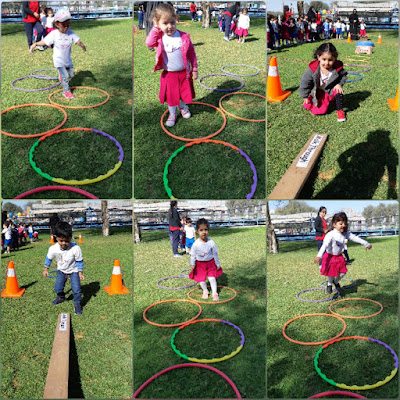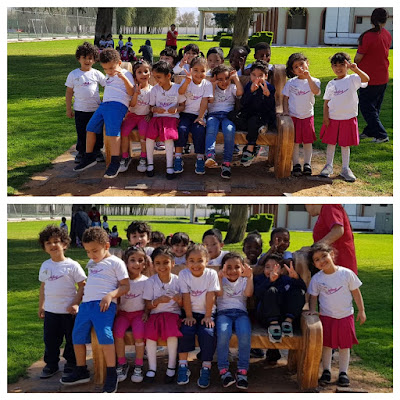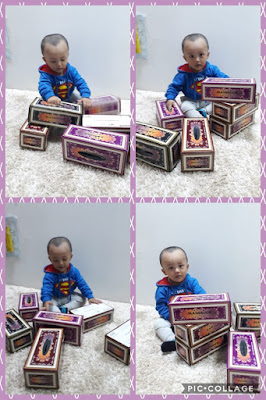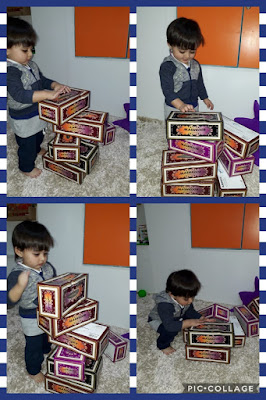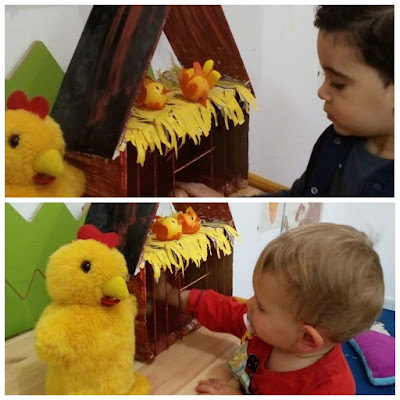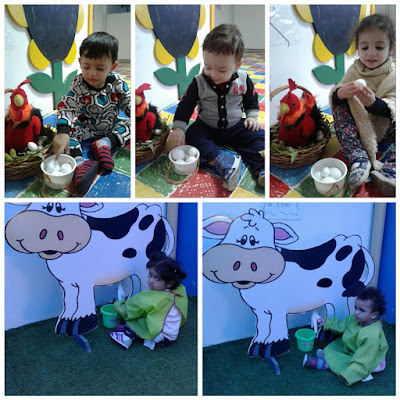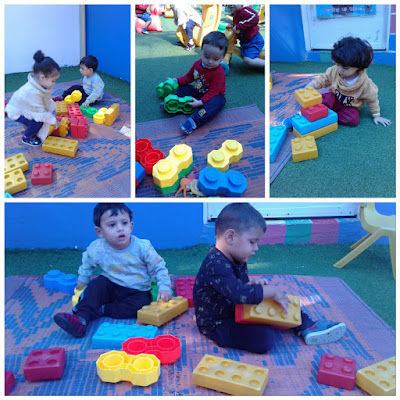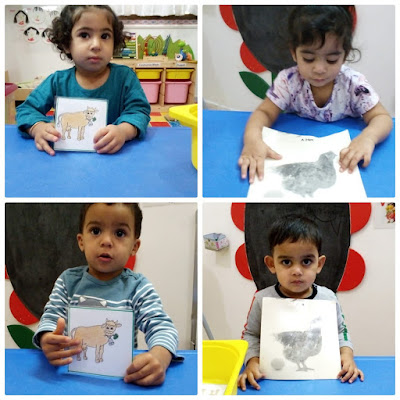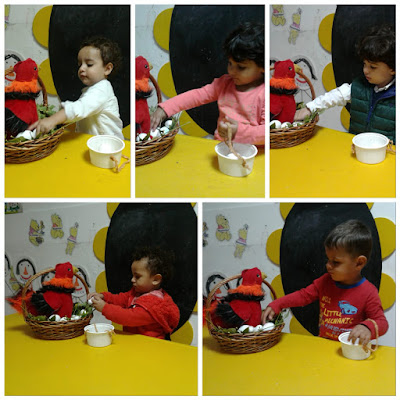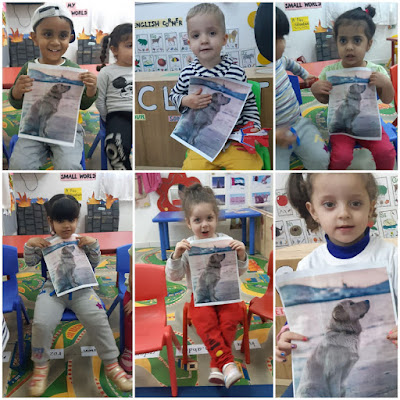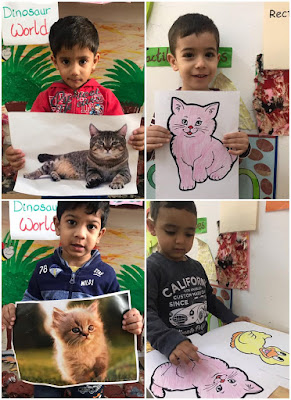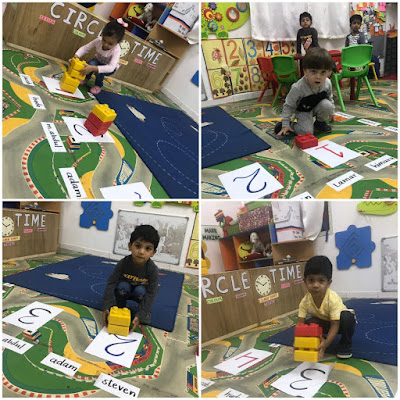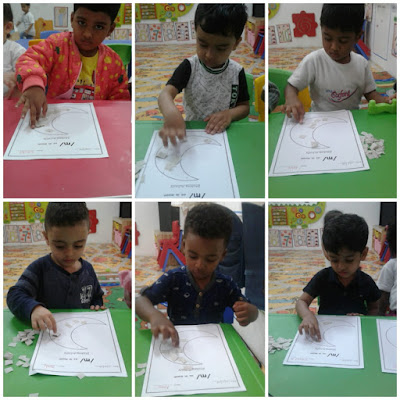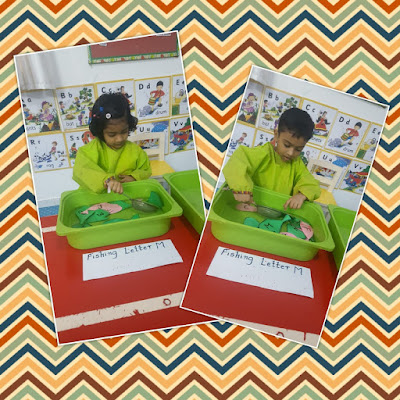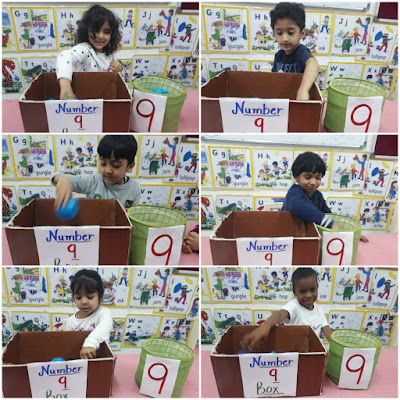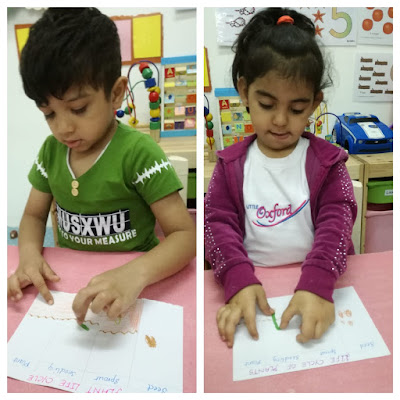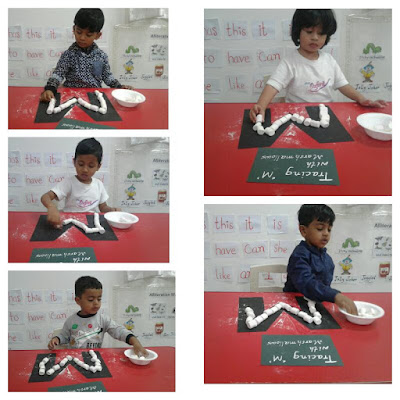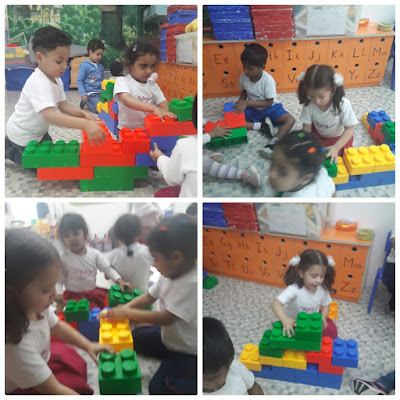SONG OF THE YEAR
UAE National Anthem
https://www.youtube.com/watch?v=o7KpDBYYB4Q
SONGS OF THE WEEK
Arabic Song
UmmiRabbatu Baitin
https://www.youtube.com/watch?v=z1pf06632DI
To listen to the song of the week for our Babies, kindly click on the link below:
Twinkle, Twinkle
https://www.youtube.com/watch?v=yCjJyiqpAuU
To listen to the song of the week for our Playgroup I, kindly click on the link below:
Baa, Baa Black Sheep
https://www.youtube.com/watch?v=x6_gQ1sINdw
To listen to the song of the week for our Playgroup II, kindly click on the link below:
Old McDonald Had A Farm
https://www.youtube.com/watch?v=lWhqORImND0
To listen to the song of the week for our Foundation Year, kindly click on the link below:
I Want A Pet
https://www.youtube.com/watch?v=EJ7ItAkscbI
SAQR PARK - FIELD TRIP
OUR BABIES
Babies can feel interest, distress,
disgust, and happiness from birth, and can communicate these through facial
expressions and body posture. However, during this time babies are
learning not only how to show their own feelings, but also how to notice
others' feelings. Around age 4 months, infants can begin distinguishing the
different emotional expressions of others. Later, around age 6 months, babies
begin to mimic the emotions and expressions they see in others. Babies'
understanding of others' emotions grows as well. Around age 12 months, babies
become aware of not only other peoples' expressions but also their actual
emotional states, especially distress. They're beginning to make the connection
that expressions match an inside feeling. It's interesting to note some babies
begin to exhibit jealousy at the end of this first year, around age 12 months.
OUR PLAYGROUP I
Between the ages of 13 and 18 months, babies may also use transitional objects such as stuffed animals
or blankets to soothe and comfort themselves when the caretaker is not there.
Toddlers usually enter another emotionally rocky time between the ages of 15 to
18 months. During this time, they can be fretful and easily frustrated, and may
throw temper tantrums to demonstrate this emotionality. Toddlers often come out
of those "Terrible Twos" around age 21 months, and become less
fretful and more relaxed. Also during this time, toddlers may show signs of
self-consciousness when doing certain tasks or trying new situations, looking
for caretaker approval.
OUR PLAYGROUP II
By age 2, toddlers can show a wide range of
emotions and are becoming better at regulating and coping with their emotions.
In fact, by this age, toddlers can even fake some emotions in order to get what
they want. They know that if they fall and show behaviors of being hurt (even
if they aren't hurt), they will get attention. However, they will often still
become upset at situations that disrupt their sense of control or alter their
normal routine. Also around their second birthday, genuine empathy appears.
They become capable of recognizing when they've hurt someone somehow, and
capable of apologizing.
OUR FOUNDATION YEAR
Three-year-olds are an
interesting mix of independent, playful and fearful. By the end of their fourth
year, most 3-year-olds do these things:
- Be interested—although hesitant—about going new places and trying new things
- Start to play with children (as opposed to only playing side-by-side)
- Start being able to comfort and show concern for an unhappy friend without prompting
- Take turns while playing (even if they don’t like to)
- Play “real life” with toys like play kitchens
- Start finding simple ways to solve arguments and disagreements
- Show (but may be not name) a variety of emotions beyond happy, sad and mad
- By the end of the fourth year, kids are usually asking many “why” questions.
- Before the fourth birthday, kids typically speak well enough that unfamiliar people can understand most of what they say.
AFTERNOON KIDS CLUB














